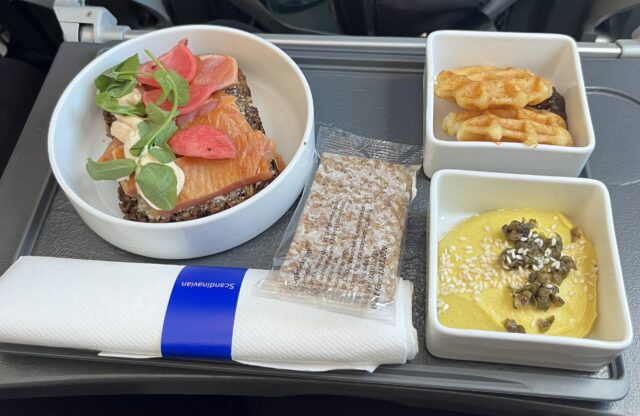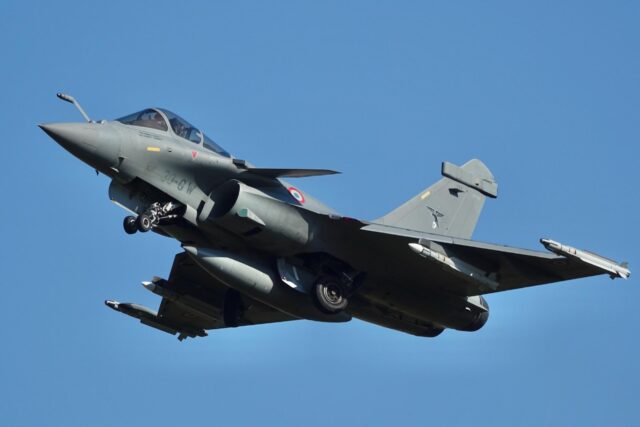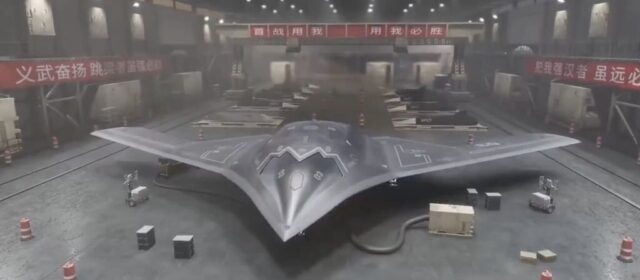Why do Airbus planes make that barking dog sound? PTU noise explained

October 19, 2025

Frequent flyers aboard the Airbus A320 family of aircraft may be familiar with a distinctive mechanical sound often heard during taxi or engine start procedures. It’s a rhythmic whining or growling, often described by passengers as sounding like a “barking dog.”
This mechanical, cyclical noise is not immediately discernible to those unfamiliar with aircraft systems and has been known to cause concern. It doesn’t come from an actual animal, of course, but from a critical piece of onboard technology: the Power Transfer Unit (PTU).
This characteristic noise, often heard when the aircraft is taxiing or has just landed, is not unique to Airbus. However, it is particularly noticeable on the A320 family, including the A318, A319, A320 and A321 models. It is perfectly normal, and in fact, it’s a reassuring sign that vital systems are working as they should.
What is the Power Transfer Unit?
The PTU is a part of the hydraulic system that helps connect two separate systems on the aircraft – called the green and yellow systems – so that if one isn’t working, the other can still do the job.
Airbus aircraft use multiple hydraulic circuits to power essential flight controls, landing gear, brakes and other systems. These systems are usually powered by separate pumps connected to each engine, again so that if one fails, the other can still keep things running.
However, when only one engine is running – for instance, during single-engine taxiing to conserve fuel or when starting the second engine – one of the hydraulic systems may not be powered.

This is where the PTU comes in. It mechanically transfers power from the active hydraulic system to the inactive one, using pressure from the working side to drive a motor that pressurises the other.
The barking or groaning sound is the PTU cycling as it responds to pressure differentials between the systems. The sound can vary in pitch and frequency, but it’s usually heard on the ground when one engine is running or shortly after engine startup or shutdown.
Why is the Airbus ‘barking dog’ sound so noticeable?
The design of the PTU and its location – typically underneath the cabin floor near the middle of the fuselage – makes it audible inside the aircraft, especially when the engines are not masking it with their own noise. Airbus aircraft are also known for their relatively quiet cabins, so the PTU sounds louder compared to older or noisier aircraft.
While some newer aircraft designs aim to reduce cabin noise, Airbus has not changed the PTU’s sound signature in a significant way, largely because the system performs reliably and safely. Efforts to fully silence the PTU or relocate it would mean a substantial redesign, with trade-offs in weight, complexity and cost.
The Airbus signature sound means everything is working normally
From an operational perspective, the PTU is a cornerstone of Airbus’ emphasis on redundancy and fail-safety. By allowing the green and yellow systems to back each other up, Airbus ensures that critical systems remain functional even if one hydraulic pump or engine is compromised.

The PTU itself only transfers pressure, not fluid, between systems. This prevents cross-contamination and simplifies maintenance.
With aircraft design being a careful balance of safety, efficiency and passenger comfort, the barking dog sound is a sign of robust, well-built systems. It’s audible, yes – but also dependable, predictable and entirely safe.
So the next time you hear that strange growl while waiting for takeoff on an A320, know that it’s not a dog in the cargo hold – it’s the sound of Airbus engineering at work.


















